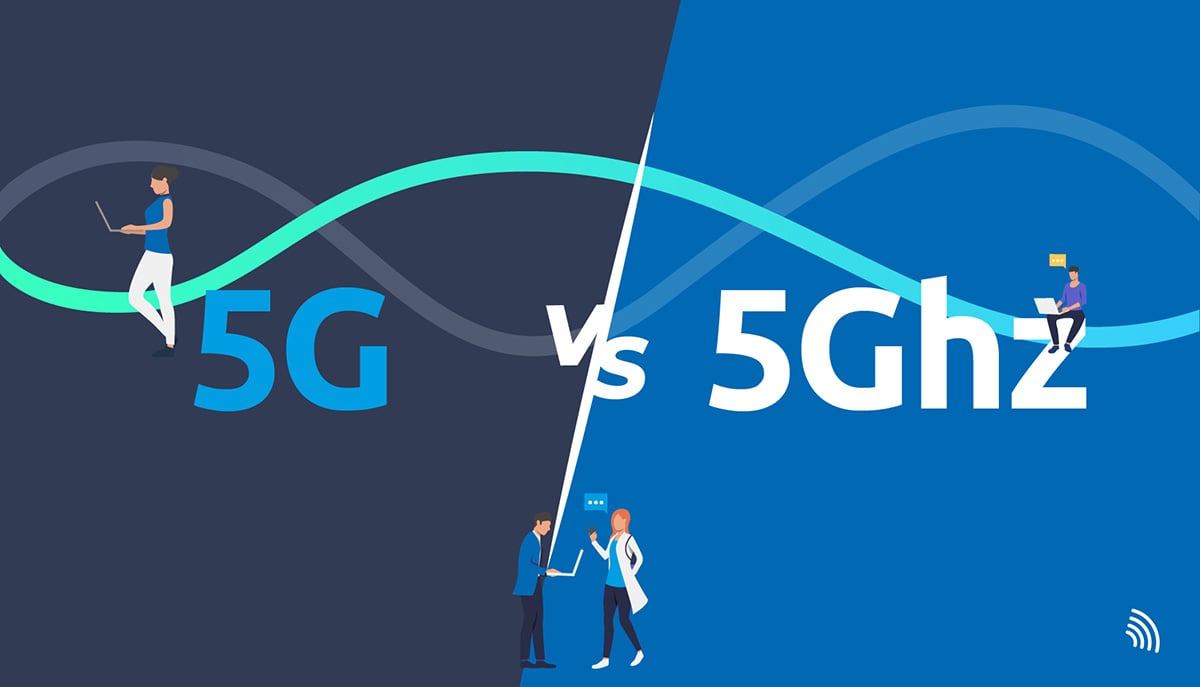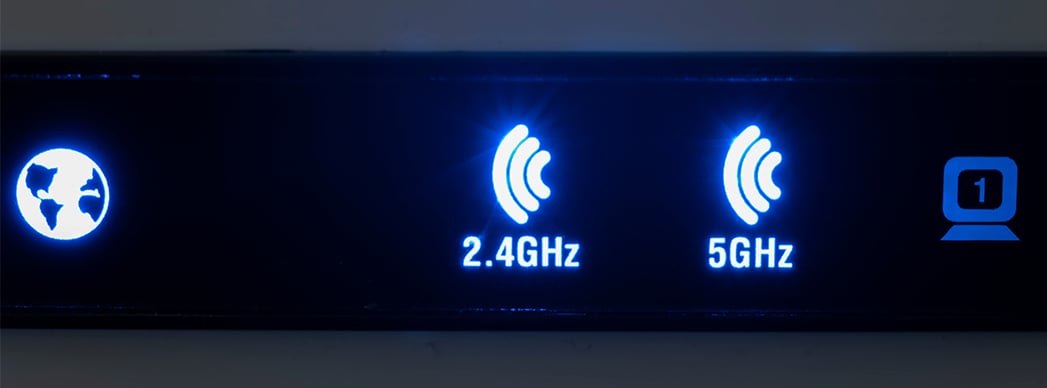As the year draws to a close, professionals find themselves in the familiar process of "closing out" the annual cycle....
The value of a 5GHz router in VoIP telephony
Within the framework of digital transformation, technologies like 5G are coming to upgrade our everyday lives with regard to aspects of our professional and private lives. Such technologies are 5G and VoIP telephony and all the logistical equipment that supports the use of these technologies, exactly when we need them.
Before proceeding further, it is important to clarify that there is actually no 5G router. This specific indication in many devices refers naturally to the 5GHz router, that is, the ability of the device to operate in the specific frequency range.
However, both 5G and 5GHz are VoIP-related concepts, as they allow high data transmission speeds. Let’s take a look at the differences between the two concepts in detail.
5G vs 5GHz - What's the difference?

5G and 5Ghz are actually two completely different things:
5Ghz router is a frequency used by some WiFi systems (5GHz zone router).
5G (5th generation) is just the fifth generation. It's the fifth-generation model in telecommunications.
As we mentioned, many routers display 5GHz WiFi as 5G. Indisputably, this can cause great confusion for those who are not familiar with these terms and technology in general.
What is 5GHz for a router device?
The vast majority of WiFi systems operated in the 2.4Ghz range a few years ago. However, over time, in order to accommodate more and more wireless devices and have higher connectivity speeds, the 5Ghz range was also introduced.
Some router devices are marked "dual band" or "tri-band", which means that this device works in both 2.4 Ghz and 5 Ghz frequency bands. Often, during the connection of the 5Ghz zone we see the indication of 5G. This should not be confused with the fifth-generation standard, but basically means 5Ghz zone.
What is a 5G network?
“G” simply means Generation. The first generation of the standard was first developed in 1979 in Japan and spread to the United States in early 1983. Then it was replaced by 2G, 3G, 4G and today when this article is written the scepters are held by the 5th generation, 5G. 3G, 4G and 5G are all wireless telecommunications standards with improvements in speed and performance.
4G uses frequencies of 800 MHz, 1800 MHz and 2600 MHz with 800MHz being the frequency range previously used for terrestrial television services. Interference with 4G can cause signal loss and pixilation. That is why the technology to improve this standard does not stop.
With 5G, many possibilities related to the Internet of Things will be realized, where everyday items such as refrigerators, toaster, washing machines, etc. are connected to the internet with smart functions.
Which modem router should I buy?
5 GHz is the modern WiFi zone, supported by newer devices. Although it has a shorter range than the 2.4GHz zone, it dramatically improves transmission speed and reduces delay.

Choose a router that supports both 2.4 and 5 GHz operations.
Something you also need to consider is QoS (Quality of Service). Through QoS, routers can give priority to specific Internet actions. For example, if you are at a web meeting while someone is watching Netflix in the other room at the same time, QoS will ensure that the connection quality of your own video conference has priority overloading the large, static video file for Netflix.
Soon we will start to see and routers WiFi 6, which is the next technological step for even better speeds and exciting forwardness in web communication.
5GHz router & VoIP telephony
The router is an essential piece of equipment worth investing in when using VoIP telephony. No matter how small or large your business is, a proper router can make your VoIP experience not only smoother but also safer.
The appropriate router will optimize the volume of VoIP calls when multiple devices are connected to avoid interruptions in communication. It usually has its own firewall and additional software to improve your network security and overall web experience.
Connection density issues are observed with connectivity needs from many devices, in many rooms and offices, such as:
- Large shipping companies
- Hotel business
- Startups & incubators
We suggest a router that supports both zones (2, 4 and 5 GHz) with active QoS capability.
5G network & VoIP telephony

5G is not just a gradual improvement to the 4G network. There are various technological foundations as well as benefits to this technology.
VoIP and various mobile applications can encounter difficulties when too many devices are connected to the same mobile network simultaneously. 4G has a limited capacity of 100,000 devices per square mile. On the contrary, 5G offers a capacity of one million devices per square mile!
Some of the techniques already used in Wi-Fi 5 and 6 are also used in 5G, including multi-input, multi-output and beam configuration techniques, which increase efficiency. VoIP applications require minimal or zero signal delays, and 5G provides that.
Reasons that 5G Upgrades VoIP Telecommunications

- Better mobile telecommunications services.
- Avoidance of performance issues in cases of high connection density.
- Better and faster transfer of files and video calls.
- Interconnectivity between devices, people and objects.
- 20-times faster connection.
- Support of video conferencing with more participants.
- It constitutes a durable and dynamic network that meets the communication needs of the future.
OUR NEWS
#Voiceblog.
Explore the world of VoIP telephony and
Cloud PBX through our articles.
VoIP telephony technology is radically changing the way we communicate, offering lower costs and greater flexibility...
If this summer you're looking for a professional Cloud phone system with a VoIP number, 100+ features, and maximum...





